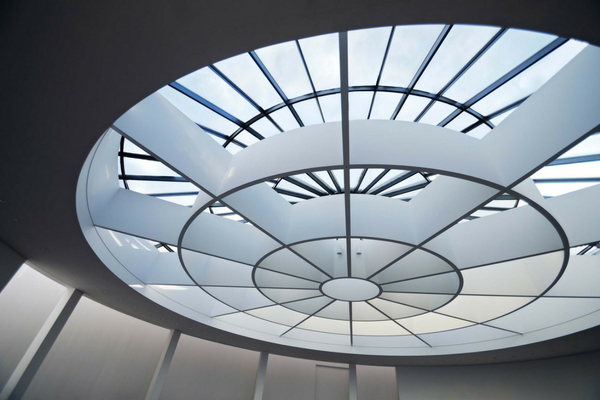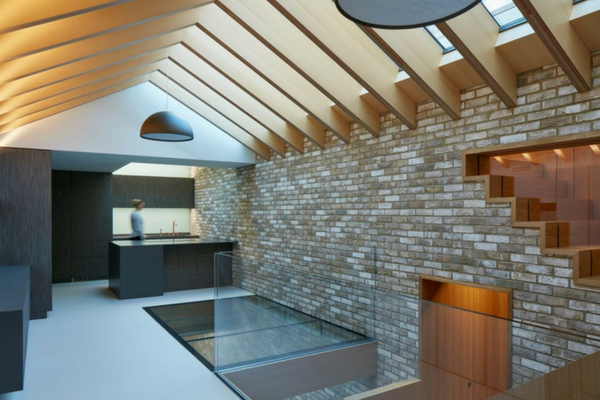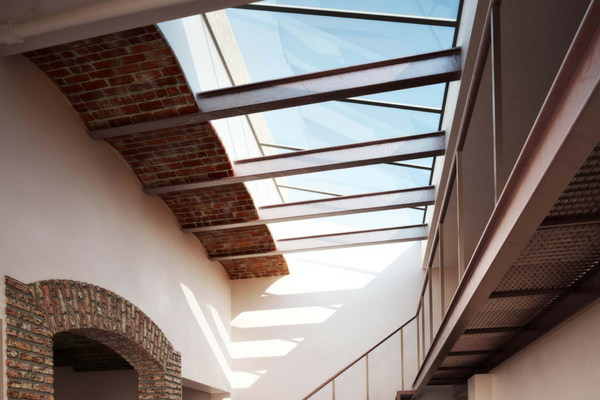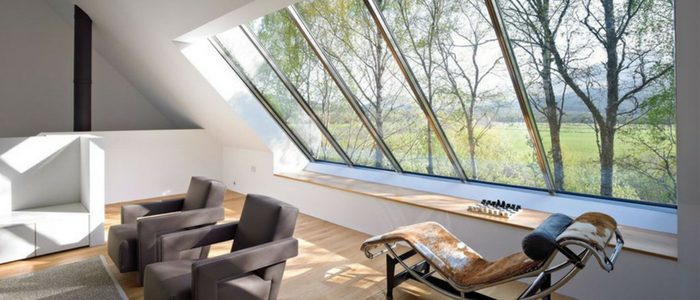Do Patent Glazing Systems Have A Space In Today’s Market?
Patent glazing is not all stations and canopies. It’s the design of intelligent and durable systems that not only add value to a property but enhance it too. If you don’t quite understand what patent glazing is or what it does, browse our patent glazing page, and then pop back over here once you’re done!
Richard Burgess, Sales Director of Lonsdale Patent Glazing & Rooflights, explains where patent glazing systems fit in today’s market, touching upon the history of patent glazing, as well as how far the reliable systems and designs have come.
The Development of Patent Glazing
In recent years, architects and contractors regarded patent glazing as an old-fashioned product only suitable for train station roofs, canopies or draughty warehouses where insulation values were not important. However, modern Patent Glazing has come a long way from the days of lead wing bars and greased asbestos cord. They now offer without doubt the most cost-effective sloped glazing solution.
Robust systems are available to suit today’s requirements for non-fragility and in some cases even bomb-blast mitigation. Thermally broken systems can incorporate insulating glass units including triple glazing and most of the major manufacturers offer air-tight systems.
Traditionally, Patent Glazing Bars were installed at 24” pane widths as one hundred years ago, wired glass was the only option for safe overhead glazing and it was manufactured in 48” wide sheets. Similarly, 24” or 610mm is just the right size to fit under a human arm, meaning it is easy to carry and handle on site. This ‘industry standard’ is still the optimum in terms of performance and cost of installation, but all the time, architects are demanding wider and wider panes of glass.

Different Patent Glazing Systems
New ‘hybrid’ systems are common and represent a half-way house both in terms of performance and cost between traditional 2-edge support PG and more sophisticated 4-edge support sloped curtain walling. These enable the installation of glass both, single or double glazing up to typically 1000mm wide or even wider in some cases of ‘landscape’ design sloped curtain walling systems.
Wider panes require stronger glass and it is not uncommon to see insulating glass units featuring 10mm toughened outer panes with 11.5mm laminated inner panes. The ‘default’ glass specifications for 2-edge support PG are typically 6.4mm, 6.8mm or 8.8mm laminated annealed glass for unheated spacers. These can also be used as the inner pane on insulating glass units with a 6mm toughened outer pane.
In order to keep costs to a minimum, many domestic projects where the height above ground does not exceed 5m above floor level, insulating glass units featuring two toughened pieces of 4mm glass are commonly used as born witness by the plethora of ‘conservatory glass’ specialists offering this combination, but care must be taken to ensure the relatively harmless small glass dice, toughened glass shatters into when broken, will not pose a risk. An example is a swimming pool roof, where it might be near on impossible to fish out all the bits in the event of breakage that might be a hazard to swimmers.

How Efficient is Patent Glazing?
Thermal efficiency can be enhanced by low-emissivity coatings and solar control finishes and the choice of glass types is bigger than ever before. Many manufacturers are offering ever increasingly efficient thermal glass, ‘smart glass’ that reacts to sunlight to reduce solar gain or glare and even polycarbonate being laminated between two sheets of glass to provide extra security against intruders even if armed with a sledge-hammer! It really is a case of ‘watch this space’.
‘Self-cleaning’ is a bit of a misnomer in roof glazing as once it is out of the vertical, it is less efficient as the water does not carry off dirt and debris as efficiently. At Lonsdale, we prefer the term ‘low maintenance’ as a truer reflection of how this type of glass will perform on the slope.
Create Light and Beautiful Spaces
Today’s designers can confidently consider patent glazing systems not just for its traditional industrial and commercial use, but also to create light, airy spaces in the most prestigious of buildings or high-end homes.

If you have any enquiries regarding patent glazing, whether you want to learn more or you require assistance in knowing which design will best suit your property, feel free to give us a call – we’d be more than happy to help.


